Japanese Mains Monitor -- Sapporo, Hokkaido
-- JAPAN
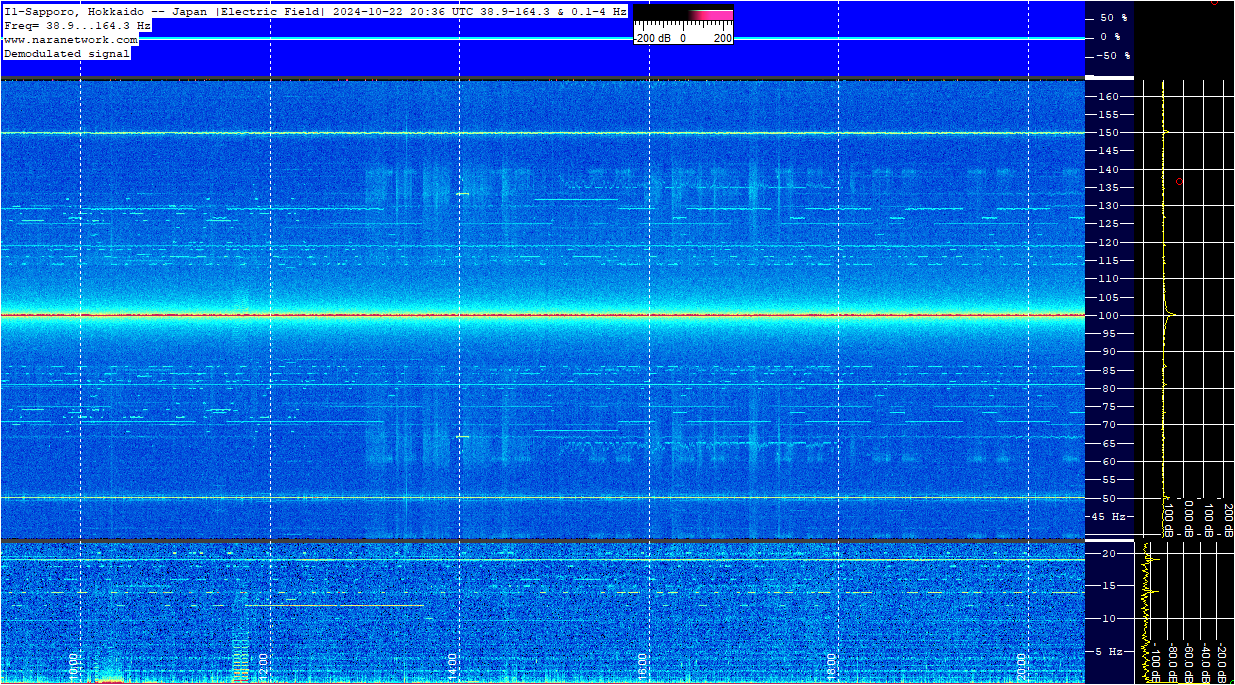
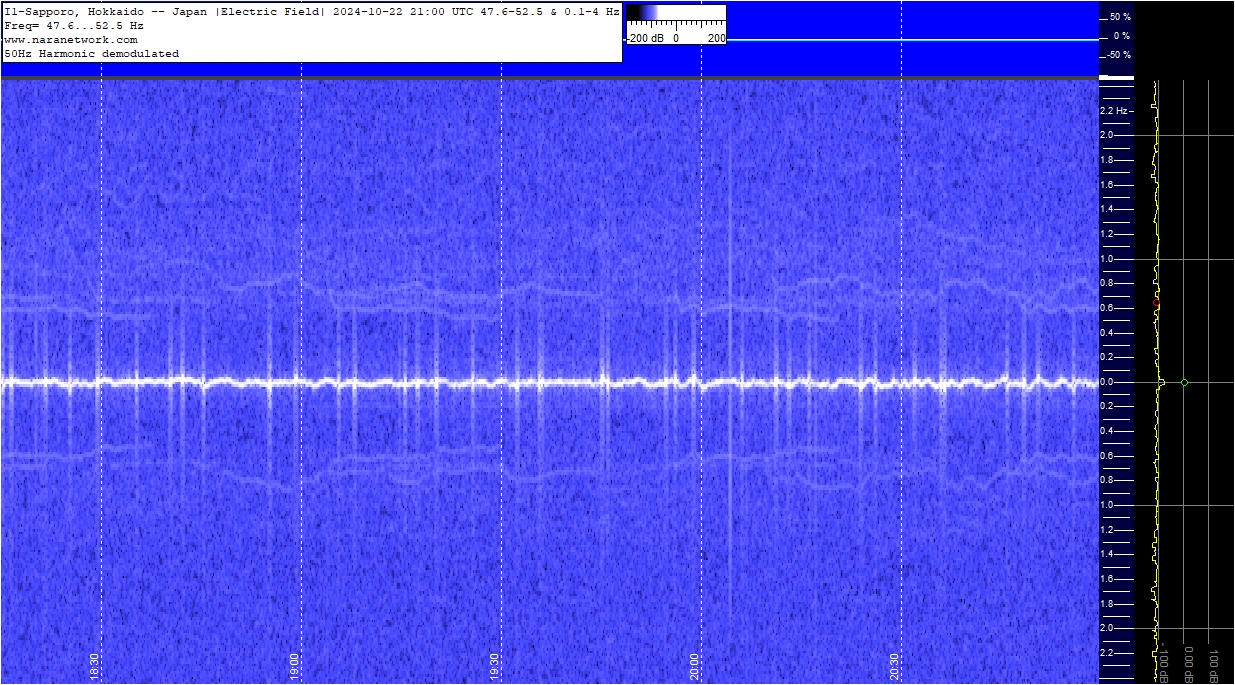
Drag an area with left-click for zooming in and zoom out with right-click.
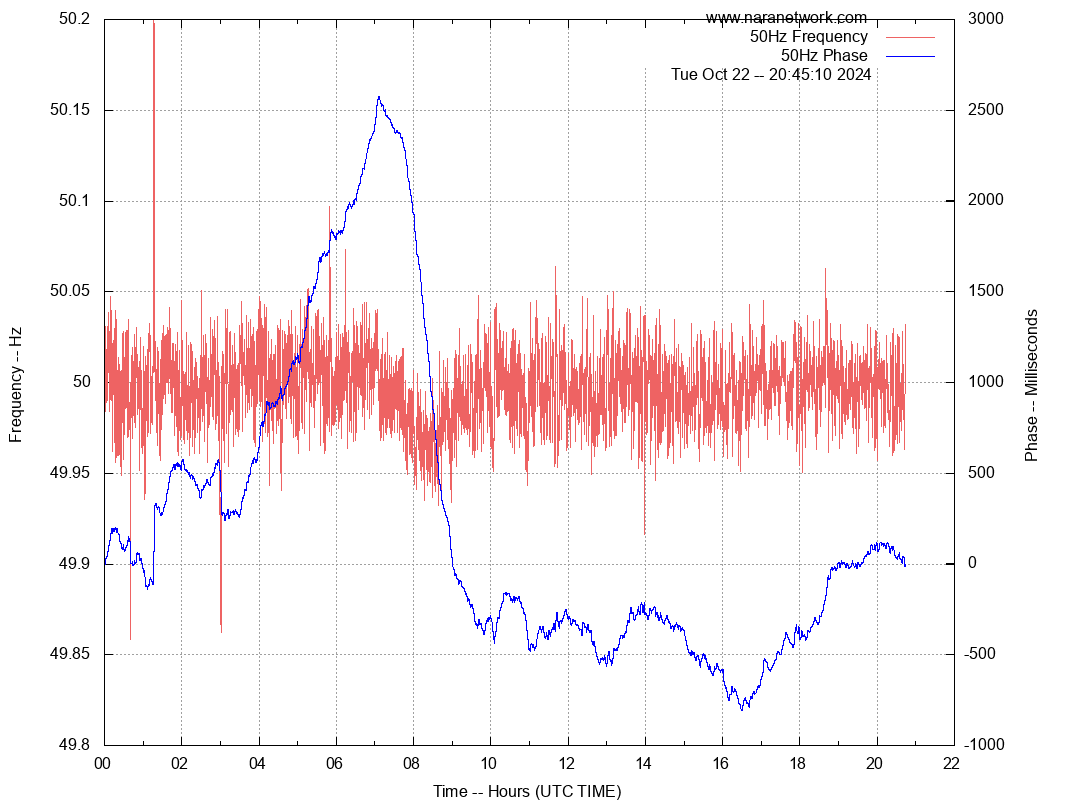

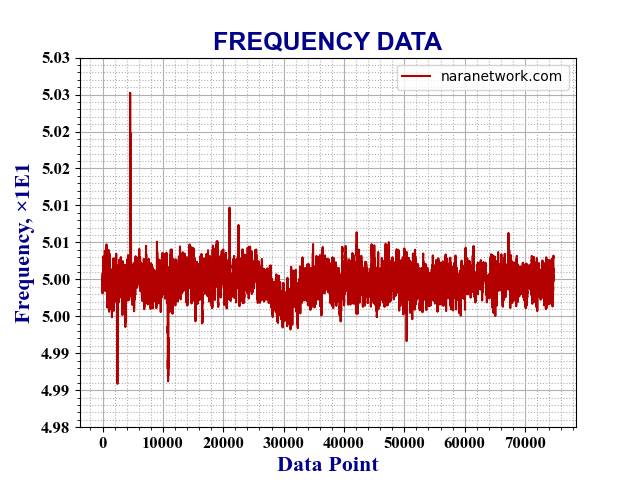
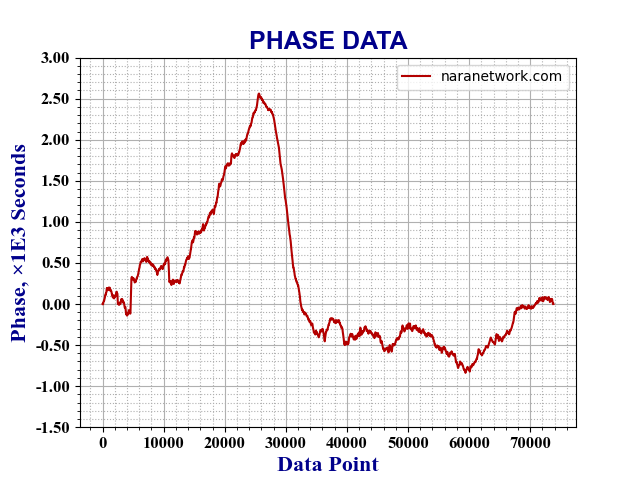
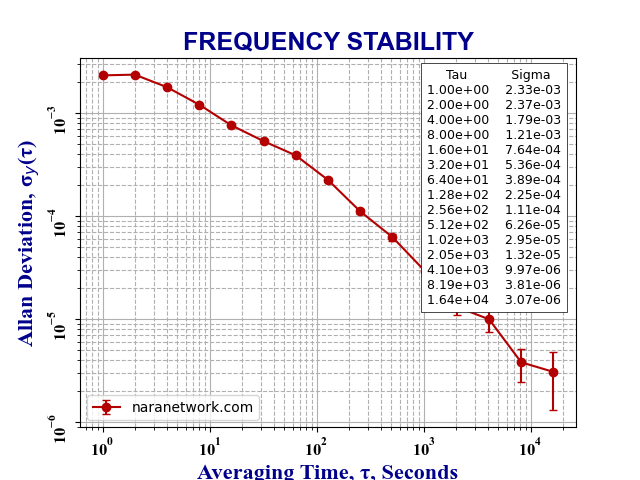
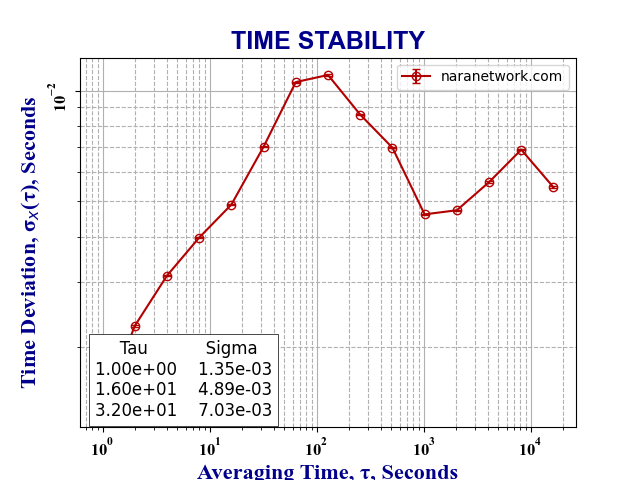
Entropy Data Acquired from the NNJ FTM-0M-1B (reset every 2 days)
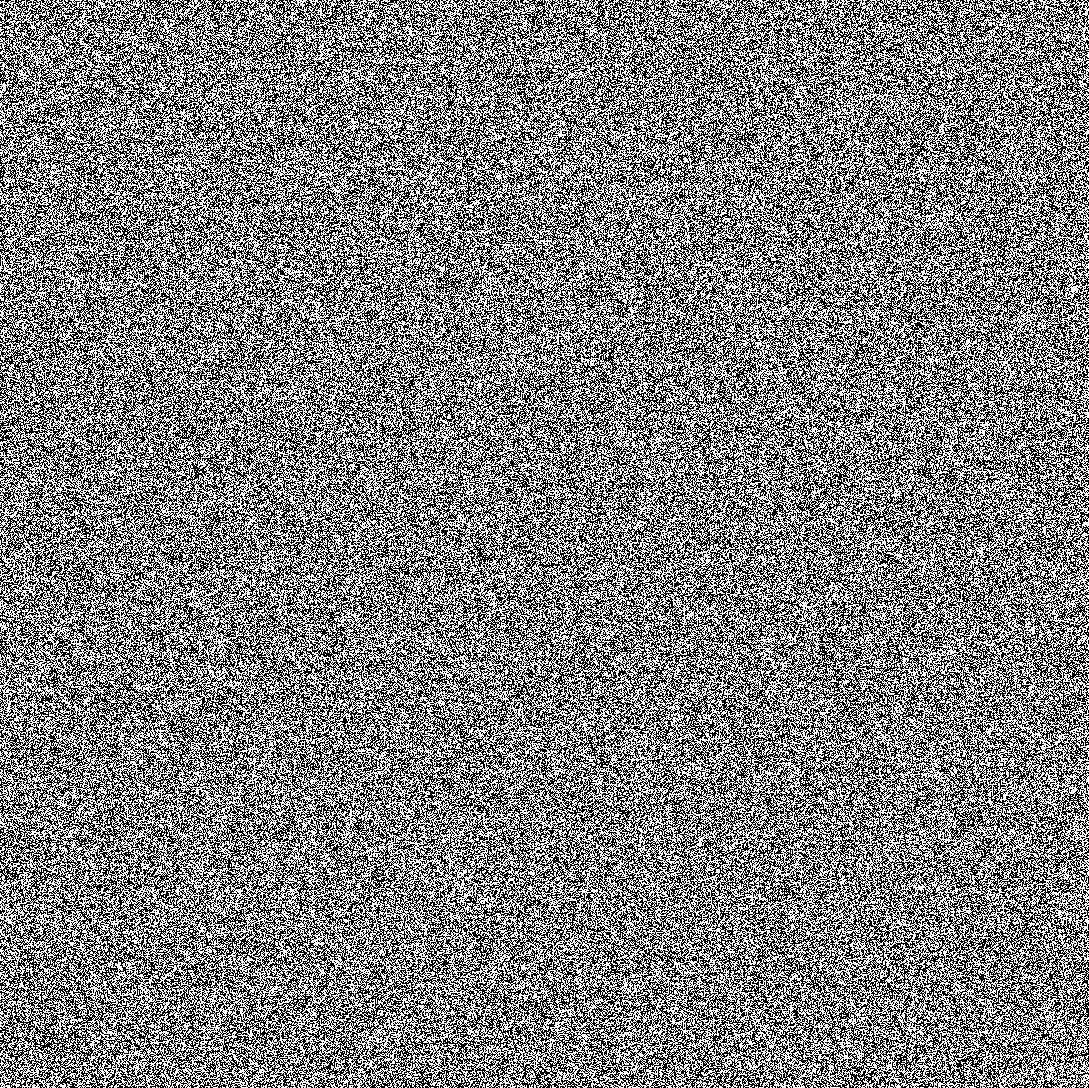
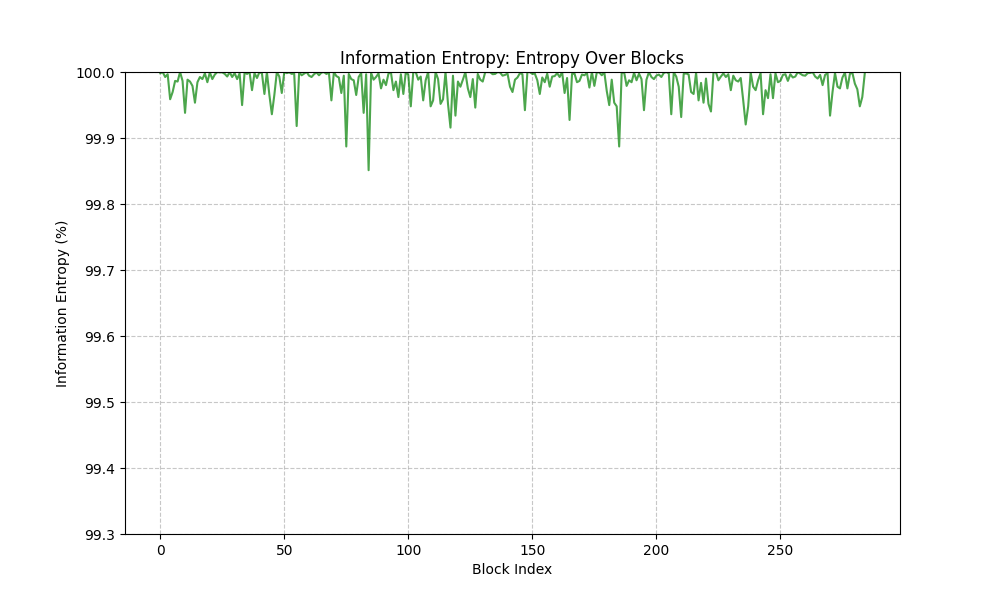
Brief Explanation:
This is a live monitor of Japanese Power
lines frequency (50Hz.) in Hokkaido, Japan.
All spectrograms and graphs are in UTC TIME
HARDWARE
NNJ FTM-0M-1B
NNJ FTM-0M-1B
The electric frequency is different on either side of the Fujigawa River in Shizuoka Prefecture and Itoigawa City in Niigata Prefecture, with 50Hz in the east and 60Hz in the west. The frequency in Kansai Electric’s service is 60Hz.
back to NARANETWORK HOMEPAGE